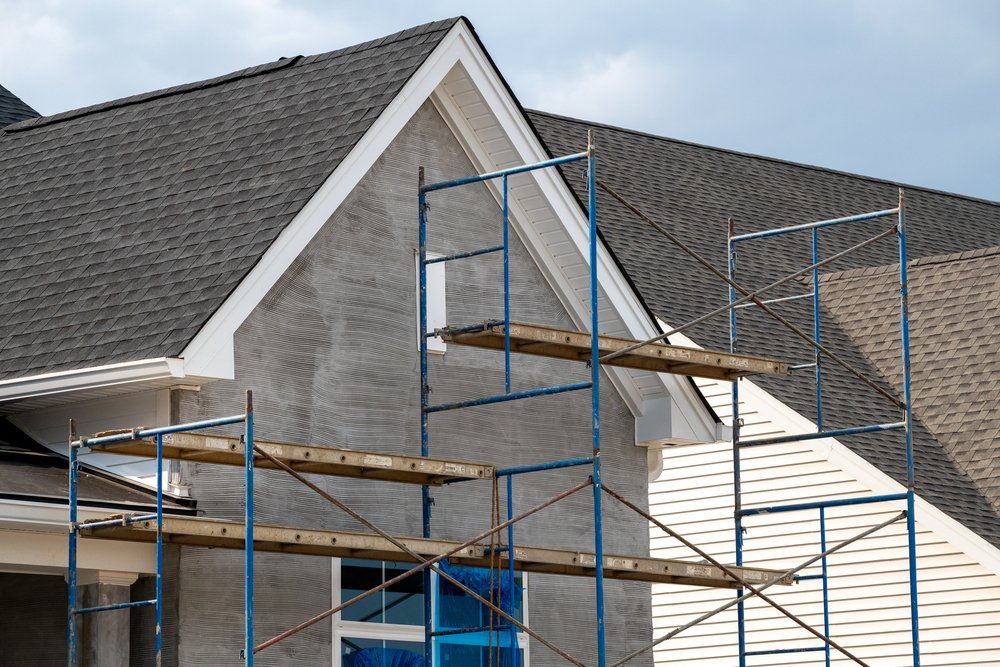Roof design is not merely about aesthetics; it plays a critical role in the function and durability of your home. Selecting the right roof can significantly influence energy efficiency, curb appeal, and long-term maintenance. With a variety of materials and designs available, understanding the fundamental aspects of roofing can assist you in making a sound decision.
Understanding Your Climate
The location of your home dictates much about the roofing style that will best serve you. Different climates require different roofing materials to withstand the elements. Areas prone to heavy rain or snow need a roof that can effectively channel water and shed snow. Sloped roofs are often recommended in these regions.
In hotter and drier areas, flat roofs or low-slope designs may be more advantageous to help with cooling needs. Insulation capabilities vary across materials. Metals reflect sunlight, reducing cooling costs in warmer climates, while clay tiles can provide excellent thermal insulation. Before finalizing a choice, think about local weather patterns and climate fluctuations to find a roof that will offer protection year-round.
Material Options
One of the most crucial aspects of roof design involves the selection of materials. They come with various advantages and drawbacks, influencing both the look and performance of the roof. Using innovative roofing solutions like a sleek concrete tile roof, hot asphalt, torch-down modified bitumen, or metal roofing options can all contribute to energy savings in varying degrees. Concrete tiles, for instance, provide durability and fire resistance.
Metal roofs are lightweight, effective at handling snow, and have a long lifespan, while asphalt is generally economical and easy to install. Each roofing material has distinct maintenance requirements. Metal roofing may require less upkeep than asphalt shingles, which need periodic replacements. When assessing material options, take into account the initial cost alongside the long-term maintenance expenses.
Neighborhood Aesthetics
Another point to reflect on is how your chosen roof design will fit into the neighborhood aesthetic. Most communities have a set style or tone, influenced by building codes or homeowner associations. Opting for a design that harmonizes with the existing structures can enhance your property’s value and contribute to a unified look throughout the area.
Before deciding, take a mental note of your neighborhood’s architectural style. Think about how different roof designs, such as gabled or hipped styles, blend with the surrounding homes. Your roof should not only be a personal choice but a decision that resonates well with your community’s character.
Energy Efficiency Considerations
Energy efficiency has grown increasingly important for homeowners looking to reduce utility bills and environmental impact. Roof designs expedite natural ventilation, contributing to cooling in the summer while trapping heat during winter. Insulation integrated into certain roofing materials can dramatically improve energy conservation within the home.
To determine which roof design offers the best energy efficiency, assess the solar gain potential and material reflectivity. Light-colored roofs typically reflect heat better, reducing cooling needs, while dark colors absorb warmth. In the quest for a sustainable roof solution, selecting energy-efficient options can lead to decreased bills and a more comfortable living environment.

Budget Constraints
Every homeowner operates within a budget, which heavily influences roofing decisions. While it may be tempting to opt for cut-rate solutions to save costs, understanding the trade-offs involved is crucial.
Cheaper materials or labor may yield poor results or reduced longevity, necessitating earlier replacements. Establish a roofing budget that calculates the initial expenditures and ongoing maintenance, and energy costs. Engaging with reliable contractors can provide guidance tailored to your financial framework, ensuring you make an informed choice without compromising quality.
Future Maintenance and Lifespan
When selecting a roof design, think about its expected lifespan and the maintenance required to keep it in good condition. Some materials, like concrete tiles or metal roofs, boast longer lifespans compared to asphalt shingles, which may require replacement every 15-30 years. Routine inspections and maintenance significantly prolong roof life, regardless of material.
Planning for maintenance needs early on helps in preventing costly repairs down the road. Think about how accessible the roof is for cleaning, overseeing drainage systems, and performing inspections. A roof that demands less effort to maintain will save time and resources over the years, making it a worthwhile investment.
Choosing the right roof design for your home involves understanding various elements, including climate, material options, local aesthetics, energy efficiency, budget, and maintenance expectations. By considering these aspects carefully, homeowners can select a roof that resonates with their preferences while ensuring functionality and sustainability.

